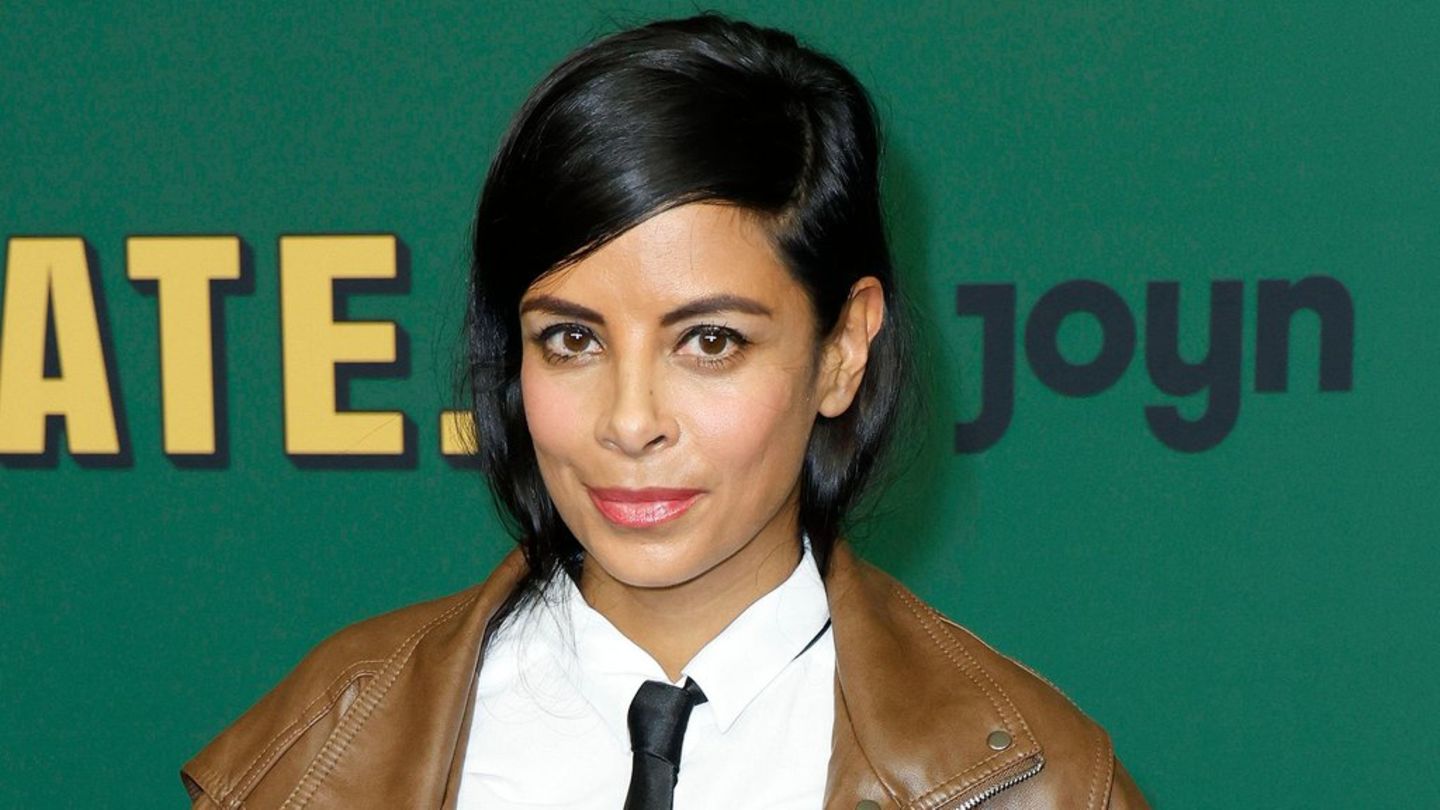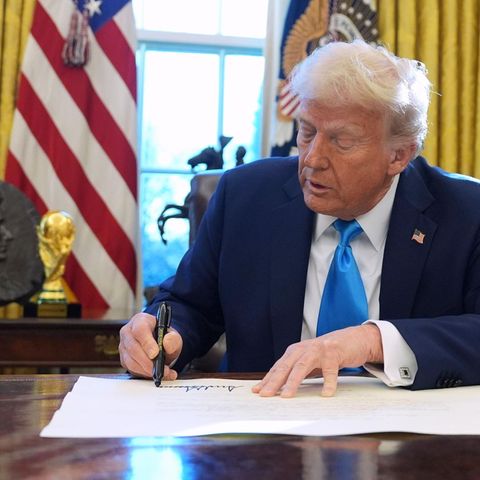After the death of Hezbollah leader Hassan Nasrallah, his cousin Hashim Safi al-Din succeeds him. Who is the man?
Six Israeli rockets were enough to take out the head of Hezbollah. On Friday, Hassan Nasrallah, the man who led the terrorist militia and thus indirectly Lebanon since 1992, was killed. Some experts expected a power vacuum to emerge afterward. Hezbollah itself nipped all discussions in the bud less than two days later – at least for the time being. Hashim Safi al-Din was named as his successor. He is Nasrallah’s cousin and not only looks identical to him, but also represents the exact same politics and ideology.
Hashim Safi al-Din: Who is Hezbollah’s new strongman?
Safi al-Din was born in southern Lebanon in 1964. He is training to become a Shiite clergyman in Iraq and Iran. In 1994, Nasrallah called him back to Lebanon. He installed Safi al-Din as his right-hand man and groomed him as his successor. Safi al-Din quickly made his career within Hezbollah: just under a year after his return, he became a member of the so-called Shura Council and head of the so-called Jihad Council, which decides on the terrorist militia’s military orientations and operations.
In 2001, Safi al-Din became chairman of Hezbollah’s Executive Council – the organization’s highest body. Since then, all political, economic and infrastructural issues in Hezbollah’s area of influence have been his responsibility. The position makes him the undisputed number two behind Nasrallah – not only in relation to Hezbollah, but also in Lebanon. The Executive Council is the shadow government in the Shiite parts of the country. Hezbollah has long been something like a state within a state.
The organization is largely financed by Iran – with which Safi al-Din not only has a lot of political ties, but also family ties: his brother is the Hezbollah representative in Tehran, his son married the daughter of the Iranian general Ghassem Soleimani in June 2020, who was killed shortly afterwards in a US drone strike in Iraq.
Safi al-Din’s ideology is based primarily on hatred of Israel
But even outside of these clan-like structures, Safi al-Din is fully in line with Iran. He is an Islamist fundamentalist. The USA has listed him as a “global terrorist” since 2017 and imposed sanctions against him because of his involvement within Hezbollah and in attacks on Israeli and Western targets.
Safi al-Din’s ideology is based on one thing above all: anti-Semitism. He does not recognize the State of Israel and even wants to wipe it out, like most extremist members of Hezbollah. As “T-Online.de” reports, he declared his solidarity with the Palestinian fighters during a speech in Beirut: “Our history, our weapons and our rockets are on your side.”
Hezbollah resembles a pile of rubble
All of this unites the new leader of Hezbollah and his predecessor Nasrallah. Politically, ideologically and structurally, practically nothing separates them. The only thing that makes Safi al-Din unique is his manner of appearance: he began appearing at public events at an early age – completely different from Nasrallah, who preferred the role of a puppet master in the background.
His successor is more media-savvy and knows how to present himself when he appears at political or religious events. But it is questionable whether public relations work is enough to make Hezbollah strong again. Hardly anyone knew the inner workings of the organization as well as Safi al-Din. But there isn’t much left of this inner life. A large part of Hezbollah’s leadership was killed in the Israeli army’s attacks. Weapons, ammunition, missiles and infrastructure were destroyed. The once powerful terrorist group is currently in ruins. Even if their new leader can bring them back together, the Israeli army’s attacks are unlikely to stop any time soon.
Sources: with material from the agencies
Source: Stern
I have been working in the news industry for over 6 years, first as a reporter and now as an editor. I have covered politics extensively, and my work has appeared in major newspapers and online news outlets around the world. In addition to my writing, I also contribute regularly to 24 Hours World.




